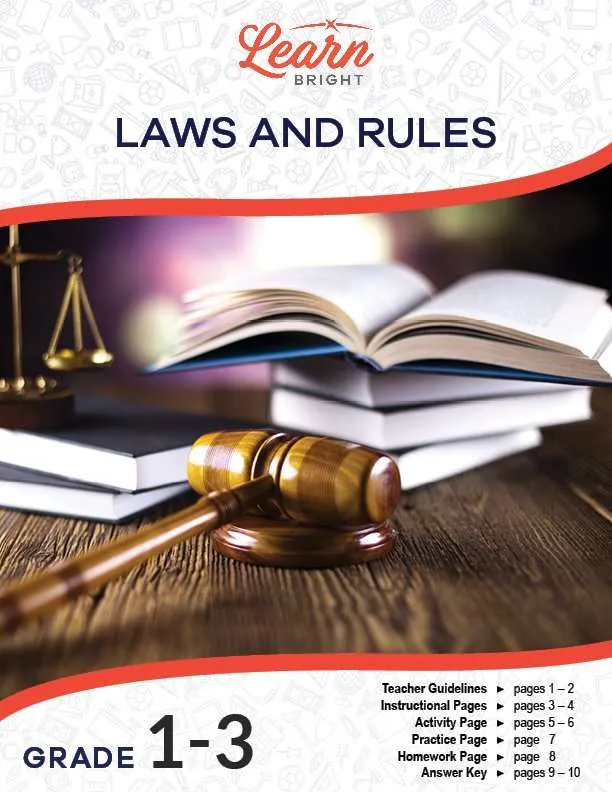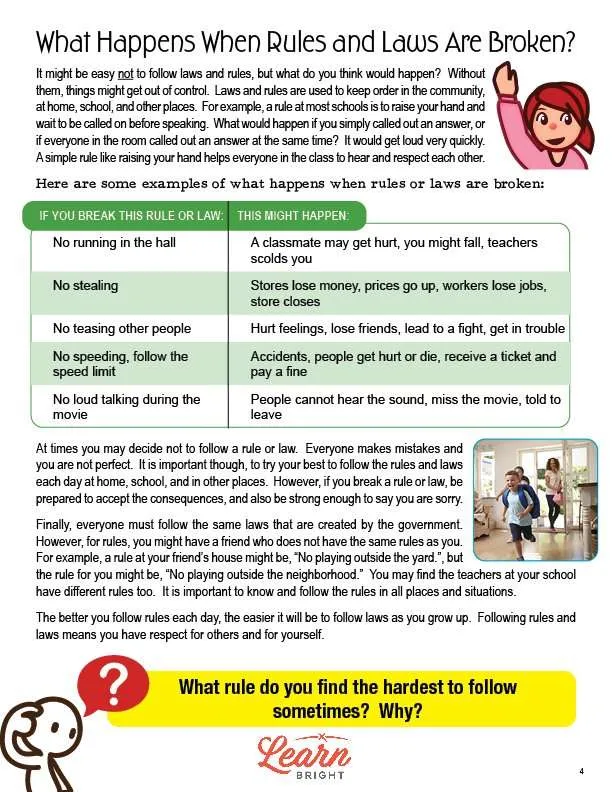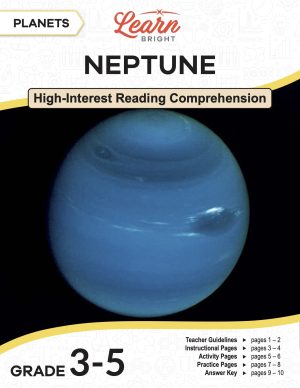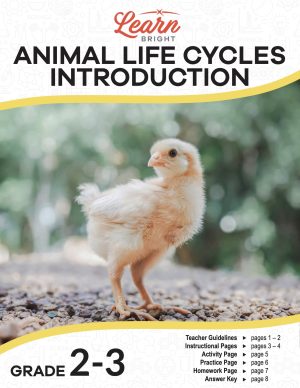Description
What our Laws and Rules lesson plan includes
Lesson Objectives and Overview: Laws and Rules compares and contrasts rules and laws including the consequences of not following them. The lesson provides students with examples of both laws and rules. This lesson is for students in 1st grade, 2nd grade, and 3rd grade.
Classroom Procedure
Every lesson plan provides you with a classroom procedure page that outlines a step-by-step guide to follow. You do not have to follow the guide exactly. The guide helps you organize the lesson and details when to hand out worksheets. It also lists information in the orange box that you might find useful. You will find the lesson objectives, state standards, and number of class sessions the lesson should take to complete in this area. In addition, it describes the supplies you will need as well as what and how you need to prepare beforehand. To prepare for this lesson ahead of time, you can copy the handouts.
Options for Lesson
Included with this lesson is an “Options for Lesson” section that lists a number of suggestions for activities to add to the lesson or substitutions for the ones already in the lesson. To demonstrate to your students that rules can change day to day, you can change a classroom rule overnight. One optional addition to this lesson is to invite a police officer to speak to your class to talk about laws and rules in their community. You can also ask students to list five rules from home and compare them with other students’ home rules. You could teach this lesson on the first day of school to establish your classroom rules. Finally, you can have students turn their homework assignment drawings into full page posters that you can display in your classroom.
Teacher Notes
The teacher notes page includes a paragraph with additional guidelines and things to think about as you begin to plan your lesson. This page also includes lines that you can use to add your own notes as you’re preparing for this lesson.
LAWS AND RULES LESSON PLAN CONTENT PAGES
Laws and Rules
The Laws and Rules lesson plan includes two content pages. The lesson begins by listing some common rules, such as paying for your groceries at the store, not bouncing balls in the house, and raising your hand when you’d like to speak in class. These are rules and laws, which tell you what you can and cannot do. We have rules and laws in our communities to keep everyone safe, help everyone get along, and to keep things fair.
Governments create publicly enforced laws. Rules, on the other hand, are related to behaviors that everyone needs to follow in specific places or situations. If you break either a rule or a law, there can be consequences. If “no bouncing a ball in the house” is a rule in your house, and you break that rule, your parents might ground you. And if you litter, which is against the law, someone might fine you.
Families, schools, teams, sports, board games, organizations, clubs, businesses, and more all use rules. Parents, school staff, coaches, leaders, bosses, friends, and more enforce them. Individuals or groups of people can create rules for specific situations. If you break a rule, you might face consequences. These consequences are usually less serious than the ones for breaking the law. Someone might scold you, ground you, or take away your privileges.
Some examples of rules are no running in the hall, no talking loudly during a movie, no teasing other people, that shirts must be worn inside a store, and that homework must be written in pencil. The lesson also includes some more examples.
Communities, cities, states, and countries use laws, which local, state, and federal governments create. Government workers, police, courts, judges, and more enforce them. In order to create a law, people must vote on it (or vote for the people who create the laws). If you break a law, you can face serious consequences. They could charge you with a crime, order you to pay a fine or do community service, or even send you to jail.
Some examples of laws are no speeding, everyone has to wear a seatbelt, no stealing, you must be 16 years old to drive a car, and that your taxes must be filed by April 15th. The lesson also includes some more examples.
What Happens When Rules and Laws Are Broken?
it can be easy to break rules or laws, but we need to think about what would happen if everyone decided to do that. Without rules and laws, things might get out of control, because we use them to keep order in communities, schools, homes, and more. At many schools, one rule is that you must raise your hand if you’d like to speak during class. If that rule didn’t exist, it would get loud very quickly. This rule helps everyone hear what’s going on in the classroom.
The lesson then lists some examples of rules and laws and what might happen if you break them. If you break the rule about not running in the hall, you might hurt someone and your teacher might scold you. If you break a law about not stealing, the store could lose money, prices might go up, workers might lose their jobs, and the store could close. Next, if you break a rule about not teasing other people, you can cause hurt feelings, lose friends, get into a fight, and get in trouble. The lesson also includes two additional examples for students to read and consider.
You might occasionally decide not to follow a rule or law. However, you should do your best to follow rules and laws at home, at school, and elsewhere. If you do break a rule or law, you need to make sure that you can accept the consequences.
It’s important to note that, which we’re all mostly subject to the same laws, different families might have different rules for their houses. Your parents might let you play in the yard, but a friend’s family might have a rule about not playing in the yard. You should respect the rules of the place or situation that you’re in, whether that’s at home or at school.
If you follow the rules growing up, you might find it easier to follow laws as you get older. This shows that you have respect for yourself and for other people.
LAWS AND RULES LESSON PLAN WORKSHEETS
The Laws and Rules lesson plan includes three worksheets: an activity worksheet, a practice worksheet, and a homework assignment. You can refer to the guide on the classroom procedure page to determine when to hand out each worksheet.
CREATING RULES ACTIVITY WORKSHEET
Students will work with a partner to complete the activity worksheet. Each pair will imagine that they’re in charge of their home, school, and town, and will create five rules or laws for each of the three locations. They will also determine the consequences of not following each of the 15 rules or laws.
Students can work either alone or in larger groups.
CONSEQUENCES PRACTICE WORKSHEET
The practice worksheet asks students to complete two short exercises. For the first, they will match the rule to its potential consequence. For the second, they will fill in the blanks in a paragraph using words from the word bank.
LAWS AND RULES HOMEWORK ASSIGNMENT
For the homework assignment, students will read consequences and determine what rule the person may have broken. They will also pick a school rule and draw a picture to help other people follow the rule. They can include words if they want.
Worksheet Answer Keys
This lesson plan includes answer keys for the practice worksheet and the homework assignment. If you choose to administer the lesson pages to your students via PDF, you will need to save a new file that omits these pages. Otherwise, you can simply print out the applicable pages and keep these as reference for yourself when grading assignments.









